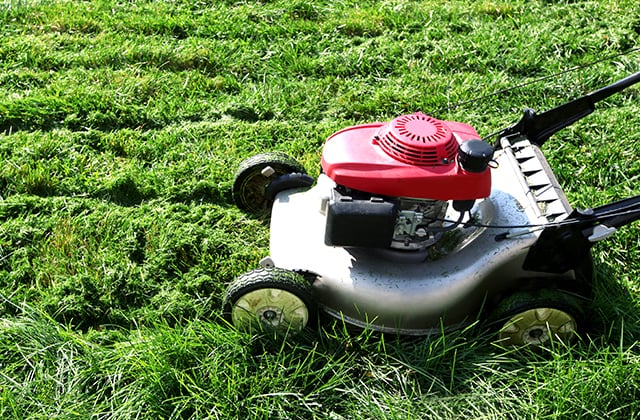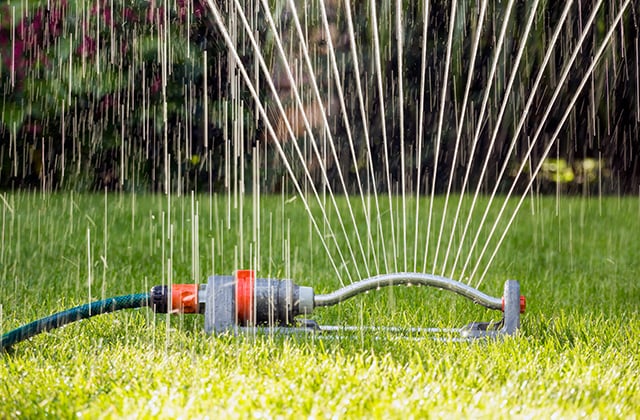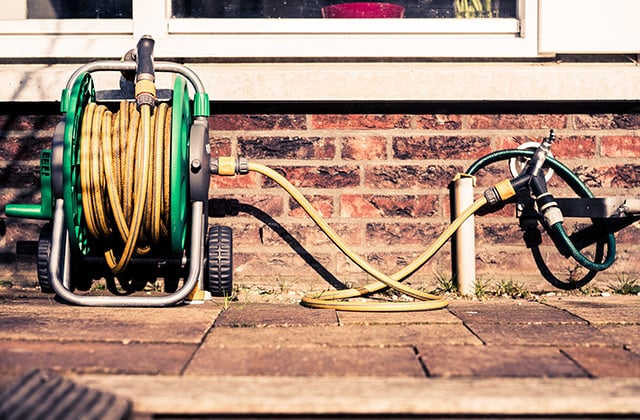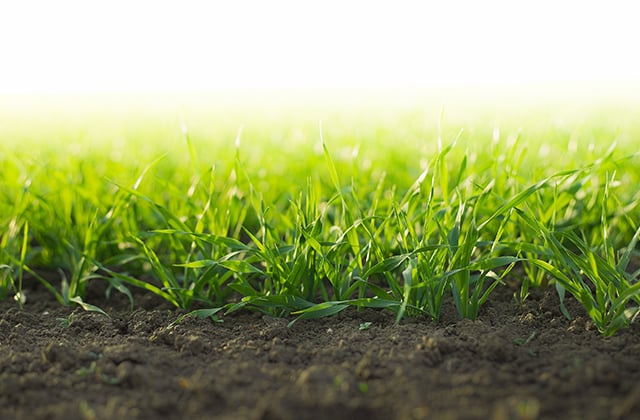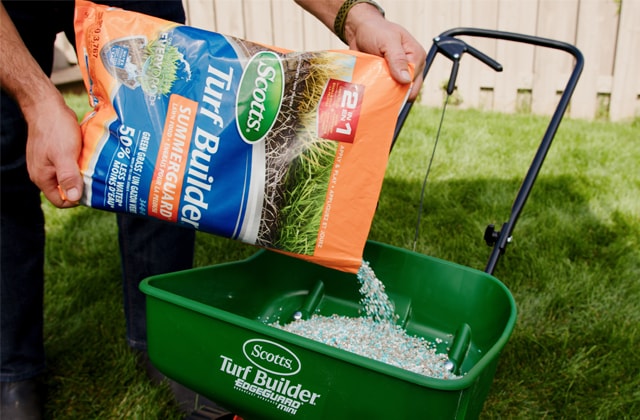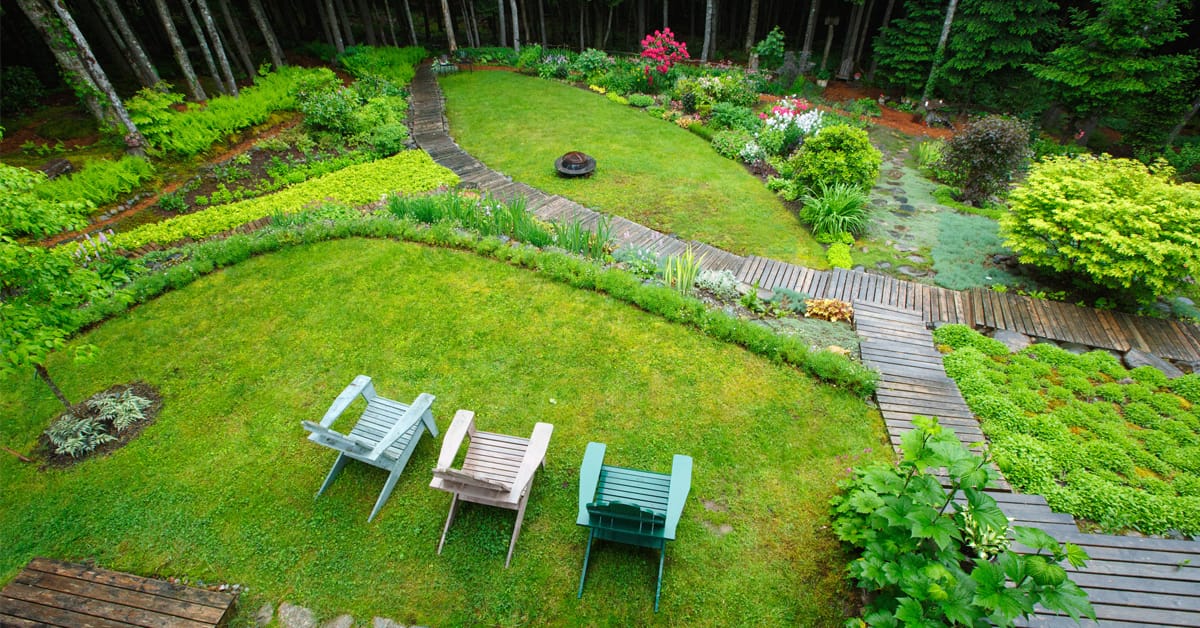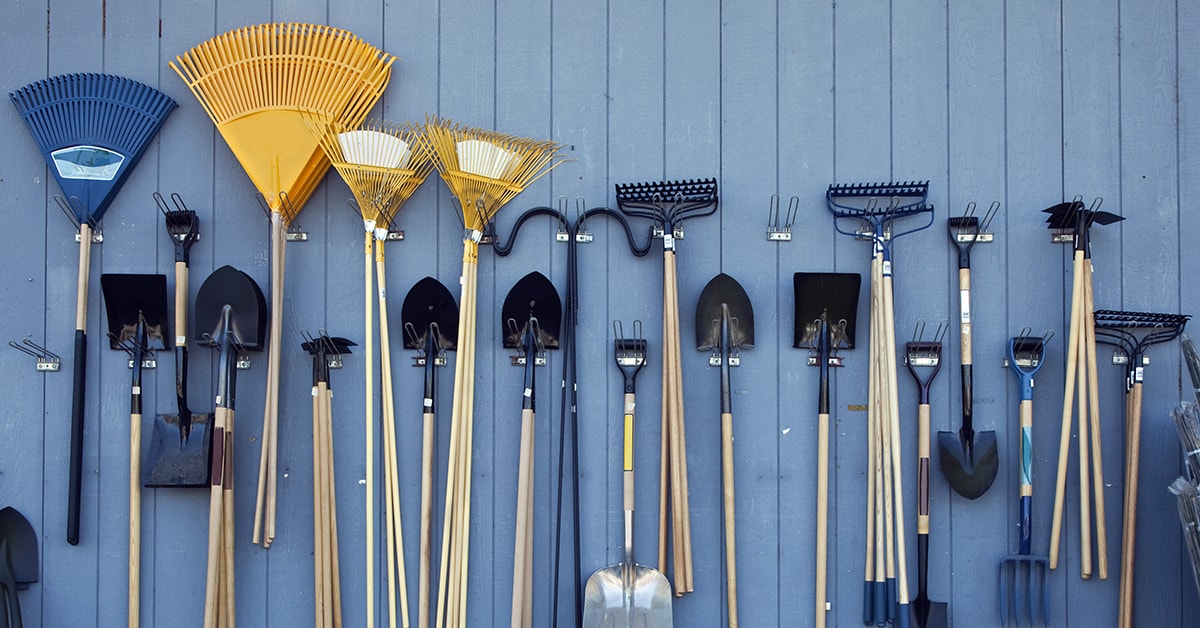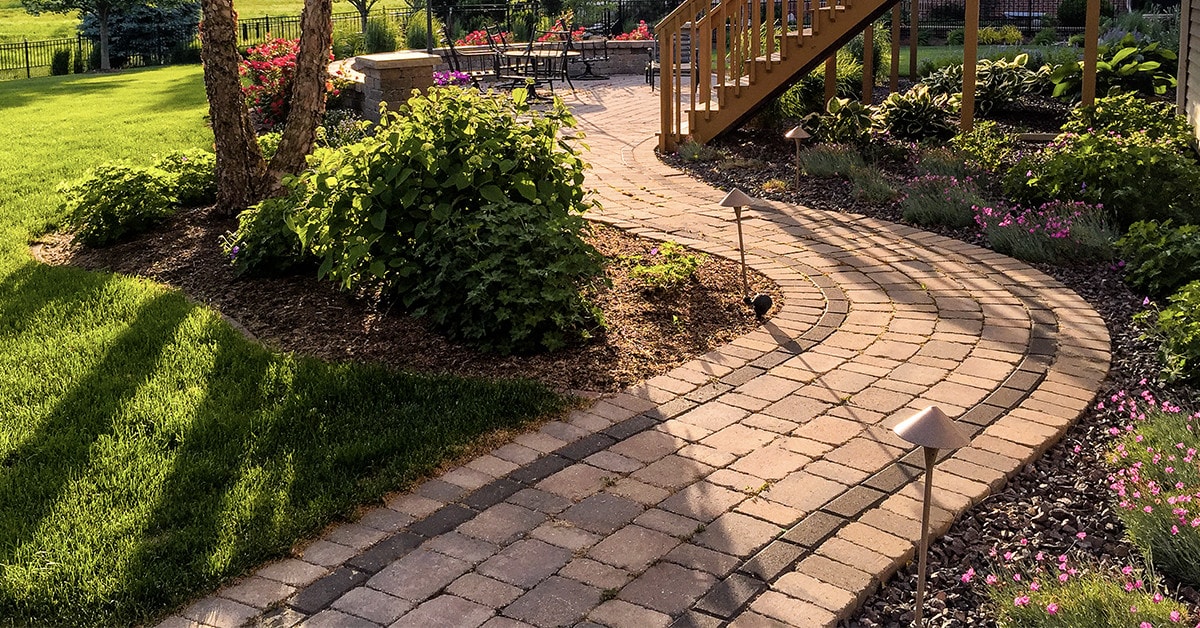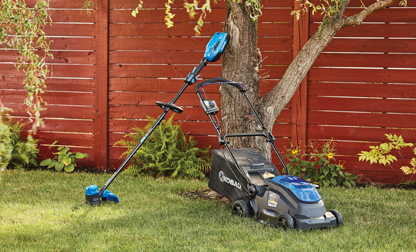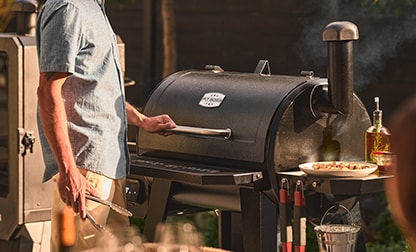1
Adopt these mowing guidelines
If you follow these mowing height guidelines, your lawn will be more resistant to drought, heat and weeds.
- Mow regularly, provided no more than one third of the grass blade is removed in a single mowing.
- Adjust mowing height in accordance with seasonal guidelines.
- Spring: For your first mow of the year, adjust the height of the blades to 5 cm, to clean up your lawn after winter.
- Summer: Maintain mowing height at 8 cm; longer grass will be more drought-resistant and therefore require less watering.
- Fall: Your last mow should be at 5 cm, which will reduce the risk of disease.
- Sharpen lawn mower blades regularly, as a clean cut promotes recovery and reduces the risk of diseases.
- Avoid mowing when grass is damp or too wet.
- Avoid mowing when the soil is too moist; you risk compacting the soil.










